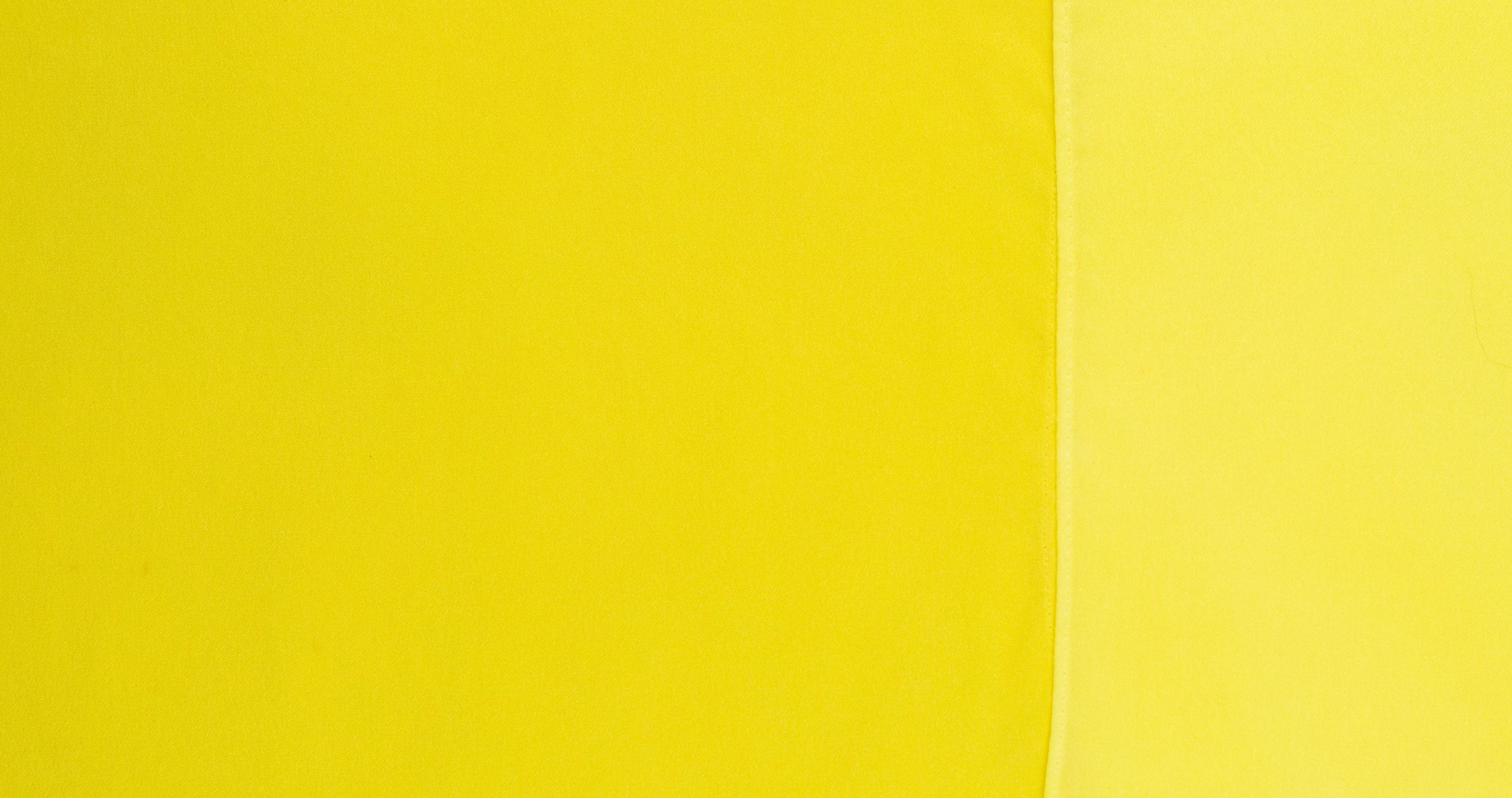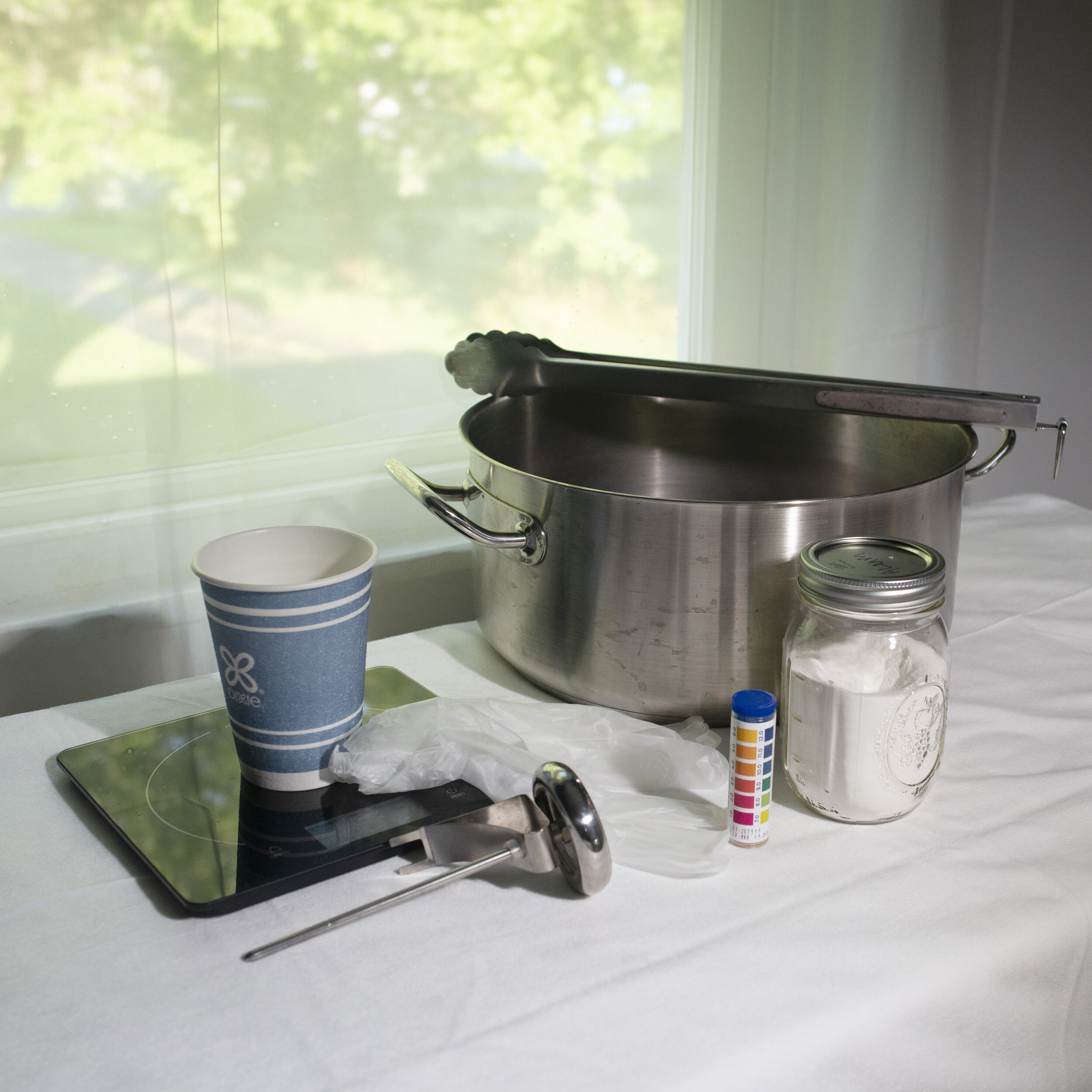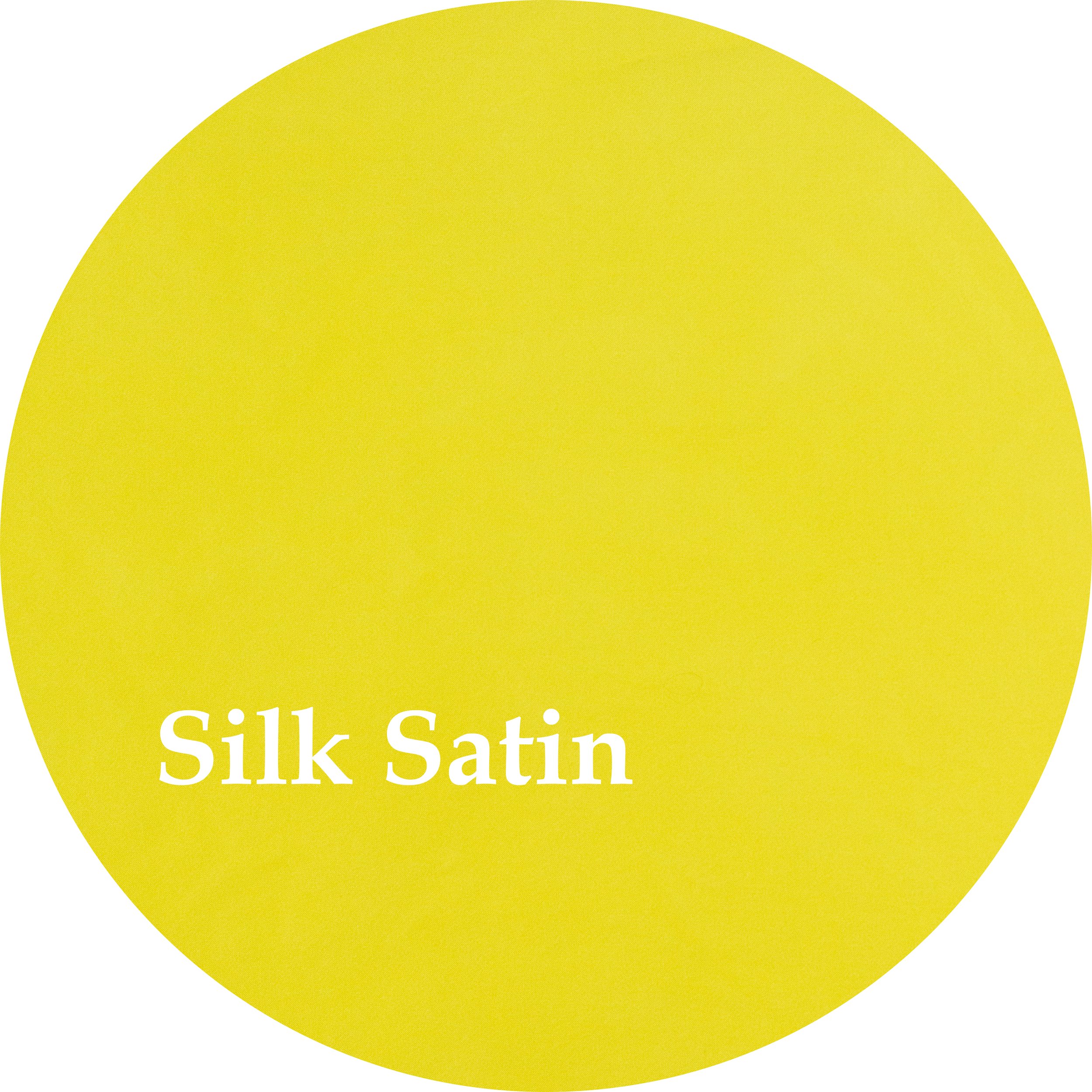
Amur Cork Bark
A Guide to Amur Cork Bark
Shepherd Textiles Amur Cork natural dye contains the soft, yellow inner bark of phellodendron amurense, a deciduous tree native to East Asia. The bark is rich in plant alkaloids including berberine, limonin, and phellodendrine. It is considered one of the foundational herbs of Traditional Chinese Medicine, and it has also been used for thousands of years as a yellow dye. The pigments in the bark are substantive to protein fibers - they do not require a mordant - and on silk they produce fantastic, deeply saturated lemon yellow shades. An excellent choice for dyers who work with silk and prefer not to use chemicals or mordants. Use at 100%-200% weight-of-fabric depending on the thickness of the silk.
1. Background on Amur Cork
Coming soon…
Nature’s Basic Yellow
2. Safety Precautions
DO NOT INGEST. This product is intended for textile dyeing, not as an herbal supplement.
Avoid eye contact. If eye contact occurs, rinse with cool water.
Not for use as a cosmetic additive; do not apply directly to skin or hair.
Open carefully to avoid spilling or creating dust.
If a spill occurs, quickly wipe up with a paper towel or disposable rag.
Use only dye pots and utensils dedicated to dyeing. Do not use any pots, containers, spoons, tongs, thermometers, or other utensils that will be used for food preparation.
Amur Cork bark, and all dye baths and mordant liquors made while dyeing, should be kept out of reach of children and pets. Use only with adult supervision.
Shepherd Textiles, LLC is not liable for any misuse of this product or any unintended staining of your clothing, workspace, or other property. Use only as directed.
3. Recommended Supplies
Dye pot. Use a dye pot large enough to hold all your fibers, with plenty of room for them to move around and for the liquid to circulate freely.
Metal tongs. A pair of tongs is useful for stirring and taking fabric out. Use tongs dedicated to dyeing, and not for food preparation.
Rubber gloves. Wear rubber gloves while handling mordanted/dyed fiber before it has been rinsed.
Candy thermometer. The best way to keep track of temperature is to use a candy thermometer that clips to the side of the dye pot.
Scale. Use a scale to weigh out fiber, mordant, and dyestuff.
4. Preparation: Scouring but Not Mordanting
The pigments in Amur Cork bark do not respond well to mordants. Pre-mordanted fiber will come out more pale than unmordanted fiber. Attempting to post-mordant the fiber can result in disaster - the color can precipitate right out of the fiber in an acidic mordant bath. Berberine, apparently, has an exceptionally strong attraction to metal ions in solution. As a result, we recommend not mordanting fiber either before or after dyeing with Amur Cork bark. The fiber should, however, be well cleaned before dyeing.
For protein fibers (wool, silk, alpaca, etc.): Scour with pH-neutral detergent.
Scour protein fibers by adding 1/2 tsp of pH-neutral detergent (eg., Synthrapol) per pound of fiber to a 5-gallon dye pot. Add the fiber and heat to 160F for an hour, stirring occasionally. Remove from heat, and when cool enough to handle, rinse well.
For cellulose fibers (cotton, linen, etc.): Scour with soda ash and soap.
Scour cotton by adding 1 tsp of soda ash and 1 drop of dish soap to a 5-gallon dye pot. Add the cotton and heat to 180F-190F for an hour, stirring occasionally. Remove from heat, and when cool enough to handle, rinse well.

The Recipes
5. Recipe: Brilliant Yellow
Amur Cork is substantive to protein fibers - that is, it does not require a mordant on wool and silk. The results on wool are modest: it comes out almost exactly the color of fresh-churned butter. On silk, however, the results are fantastic - a bright, saturated, highly intense lemon yellow. If you like to work with silk this is definitely a dyestuff to try, although note that the color is not especially fast to light and the dyed good should be stored in a drawer or closet when not in use. Also, please heed our warning: do not attempt to post-mordant with alum after using this recipe!
Build a dye bath using 100% weight-of-fabric of Amur Cork bark (or 200% for very thin silks like habotai): Fill a dye pot with enough warm water for all your fibers to move around freely. Measure out the Amur Cork bark, add the pot, and let steep overnight. The next day, raise the heat to 190°F and maintain for 1 hour. After one hour, turn off the heat and let cool. When safe enough to handle, strain out the bark chips.
After straining out the bark chips, add your unmordanted (but well cleaned and wetted) fibers to the dye bath.
Raise the temperature to 180°F for silk or 190-200°F for wool. Maintain the temperature for 30 minutes (for silk) or 1 hour (for wool). Stir occasionally to make sure everything dyes evenly.
After 30 minutes (for silk) or 1 hour (for wool), remove pot from heat and allow to cool until the fiber can safely be handled.
Remove the fibers and rinse briefly in warm water. Hang them up to dry to help the color set; make sure to hang them up in the shade somewhere where dripping dye will cause no damage. Direct sunlight may fade the color before it has had time set.
For the final rinsing, we recommend using a PH-neutral detergent like Synthrapol that is designed to wash out loose dye. Follow the manufacturer’s directions for best results. CAUTION: Amur Cork may bleed if not thoroughly rinsed out after dyeing.
Hang up to dry.
TIP: For darker shades of yellow, let the silk dry completely and then dye again using the same procedure (you can skip rinsing with detergent in between). You can use the same dye bath, if there is any yellow color still left, or make a fresh dye bath.
WARNING: Do not attempt to post-mordant the fiber with alum after using this recipe! It does not matter if you do it immediately afterwards, or after the fiber has had time to dry and set. The alum will precipitate the color right out of the fiber and you will be left with nothing but pale silk and regret.
All images and text are copyright of Shepherd Textiles, LLC. Do not reproduce without written permission and attribution.







